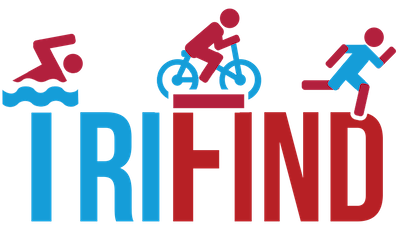IronDreams: Training Focus
IronDreams: Training Focus
By Marc Saucier
VMPS Triathlon Coach – [email protected] - 978-314-7325
You’ve signed up to do an Ironman, you’ve carved out time to train and you’ve put a plan together to get in Ironman shape. Maybe you’ve even hired a coach to put some real structure into your training. But when you look at your plan you see strength workouts, aerobic workouts, long rides, intervals, tempo, recovery, LT workouts, threshold, RPE, etc., etc., etc. You’ve got more things to think about than you can shake a Power Bar at. How can you simplify all these workouts, terms, and training objectives and boil them down into as few a words as possible to focus on? I’d like to suggest the following:
Swim: Efficiency
Bike: Power
Run: Strength
The swim is the shortest event in the Ironman. Even at 2.4 miles it’s less than 2% of the distance and for many people less than 10% of the time needed to finish the race. In many respects the swim is more of a warm-up before the race really begins out on the bike and run. In a recent Ironman race less than 20 minutes separated the fastest swimmer from the 500th place swimmer whereas it was over 60 minutes for the bike and nearly 90 minutes for the run. Training to swim faster will gain you little race time yet consume much more training time. Likewise going all out in the swim yields small time gains but will a cost tremendous amount in terms of energy expenditure, energy better preserved for the bike and run.
As a result the focus in swim training should be on becoming as efficient as possible. That is, completing the swim quickly while using as little energy as possible. Unless you’re already a sub hour Ironman swimmer, time spent working on your swim technique will yield more gains than just pounding out 100’s. You may not come out of the water faster but you’ll come out feeling fresher and with more energy to use on the bike.
In biking power is the key. The more force you can apply to the pedals and the longer you can apply that force the faster you will go. The bike leg of the Ironman is the longest both in distance and in time spent racing (unless you really fall apart in the run). As a result muscular endurance is where it’s at. Workouts that focus on developing powerful legs are key. However power without control is worthless. By control I mean pacing your bike leg so that you can maintain a consistent power output throughout. The approach is to mentally “negative split” the bike leg by going out easy and then picking up the pace in the later half. In reality because of fatigue the perceived effort will go up but the speed will stay about the same. But that’s alright and preferable to going out hard and then getting slower and slower in the later part of the bike. Going out hard to put “time in the bank” doesn’t work in the Ironman. You never really “save” time, you only borrow it and pay it back later in the race with interest. That 5 min. you ”saved” by going out harder on the bike gets paid back with a 15 min. longer run.
Strength is the overlooked key to the run. Usually speed is the focus. However in an Ironman it’s not who goes fastest that wins but rather who slows down the least. The ability to maintain good form with good knee bend, high knee lift, good turnover and high cadence will help you maintain speed. Unlike swimming with its long stroke phase and biking with constant power being applied to the rear wheel, in running you are only able to apply force to the road for the short instant that your foot is in contact with the ground. Counter intuitively the shorter this contact time is, the faster you run. This is because throughout the running stride you are storing energy in the ligaments, tendons and muscles of your leg that is released when the foot hits the ground pushing you up and forward. In order to do this your legs need the strength to bring the leg through the complete stride cycle and store the applied energy for release when the foot hits the ground. Often in the later stages of the marathon fatigue really hits, the legs get week and the runner is reduced to shuffling and scuffing where the knee barely bends, the foot rises only slightly behind the runner and there is very little forward swing of the leg. The foot hits the ground in a breaking motion causing the scuffing and there is long foot contact time. While this stride takes little energy there is also little momentum and very little forward force which reduces the runner “speed” tremendously. Whereas if the runner can maintain the leg strength to produce a full stride then speed can also be maintained. While not exact, an extra 10% energy input to the legs produces a 20% increase in speed as this energy is much more efficiently turned into forward motion than when shuffling. More leg strength, better stride, more speed.


